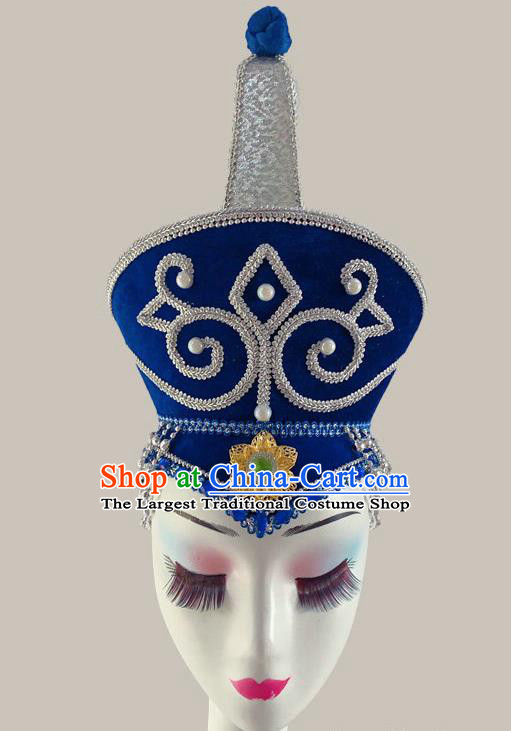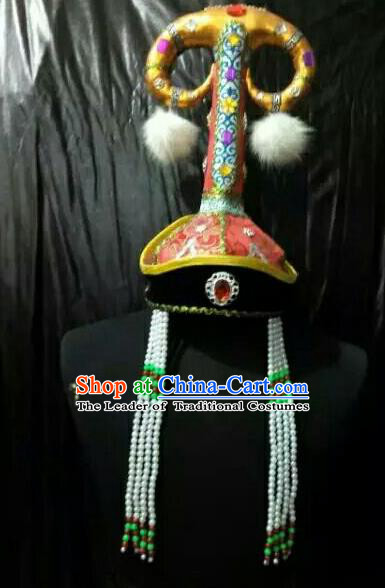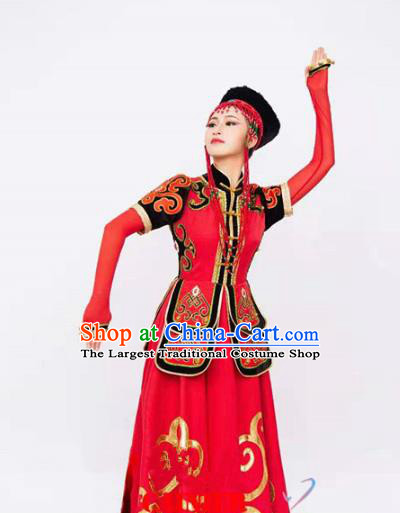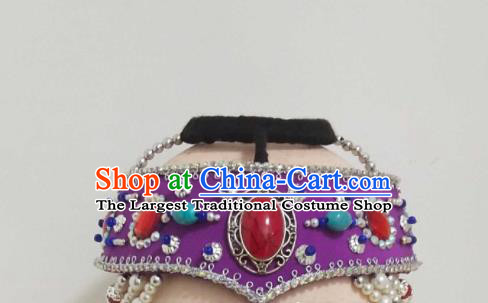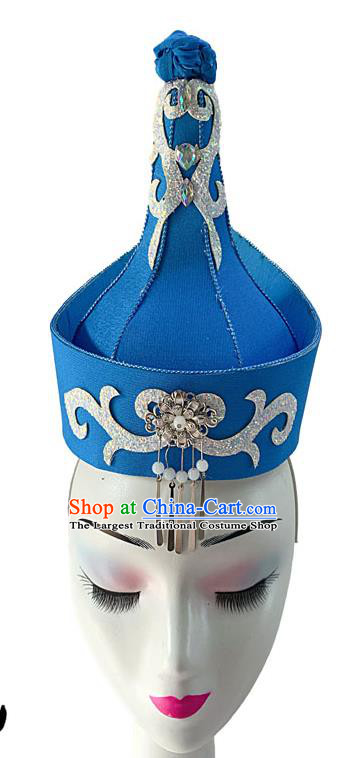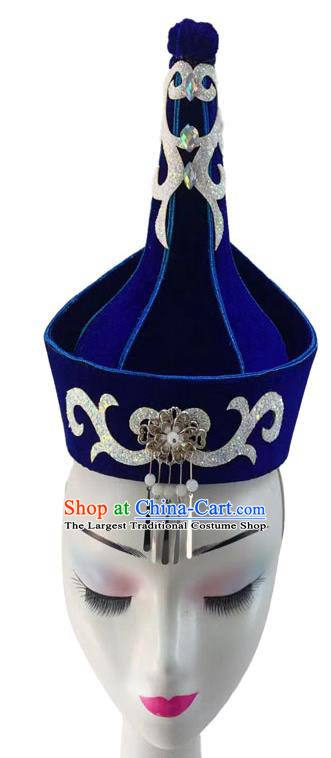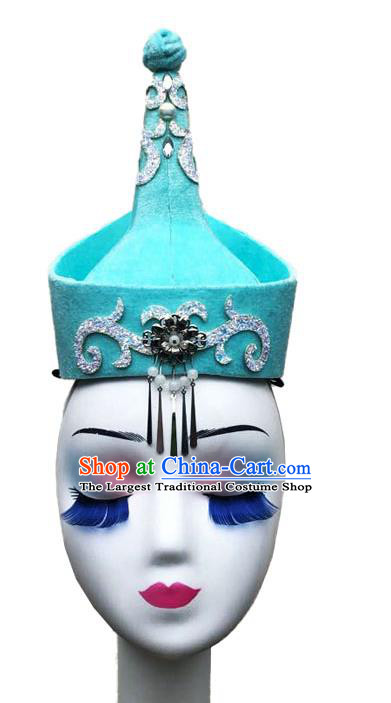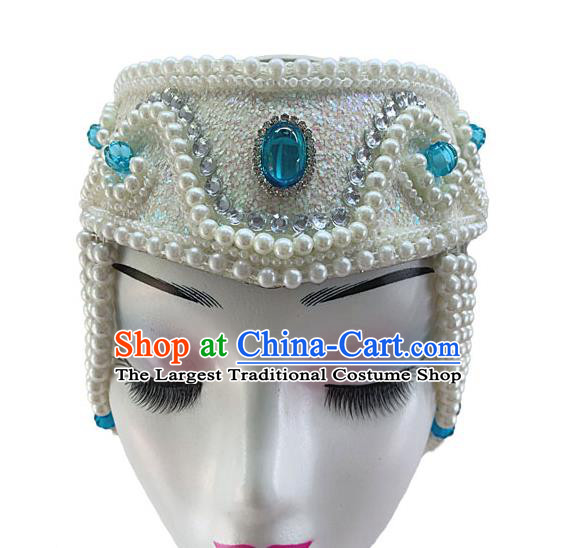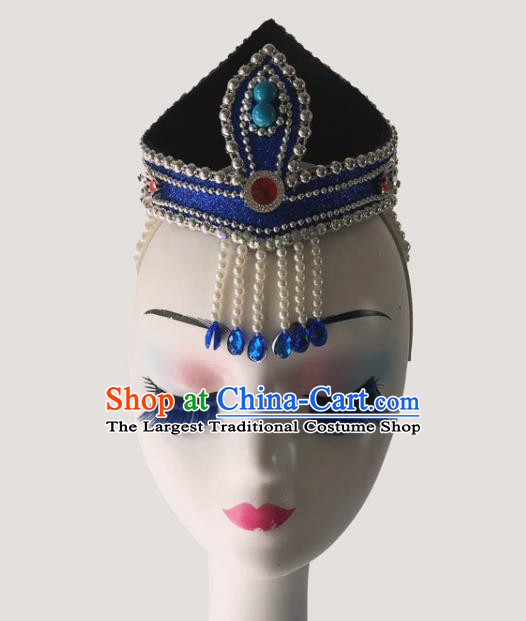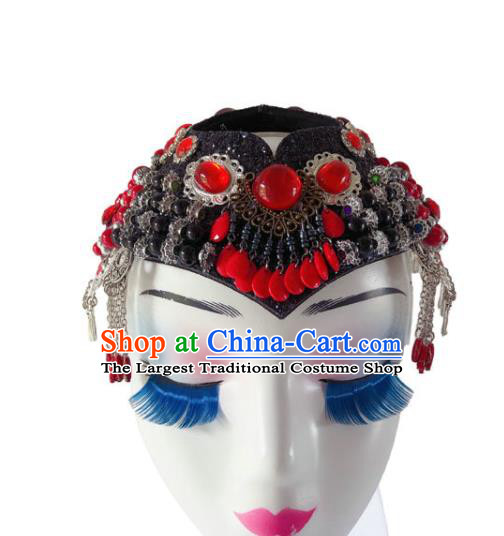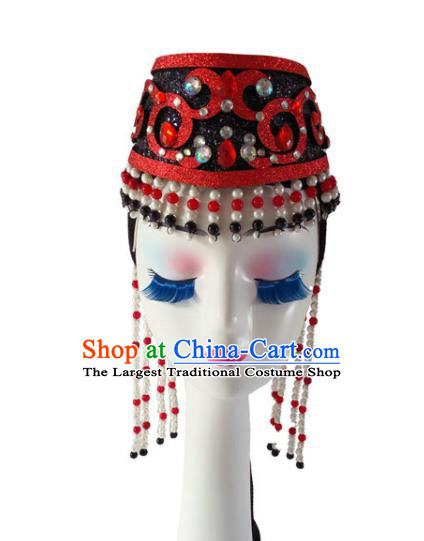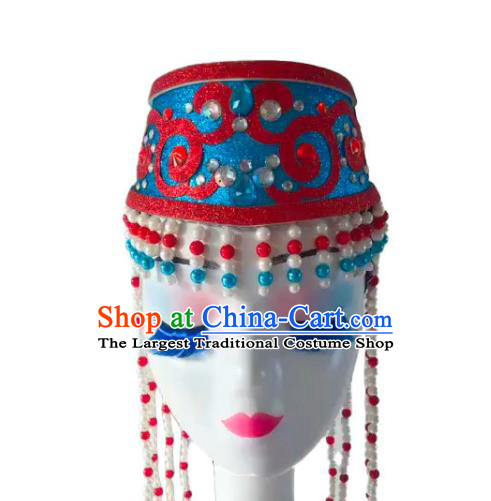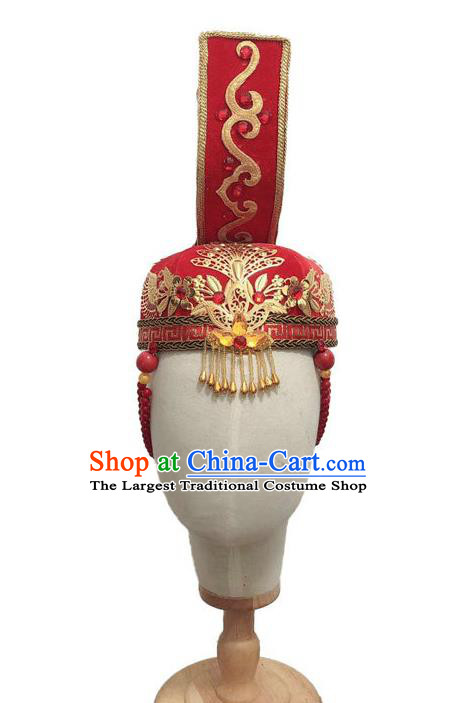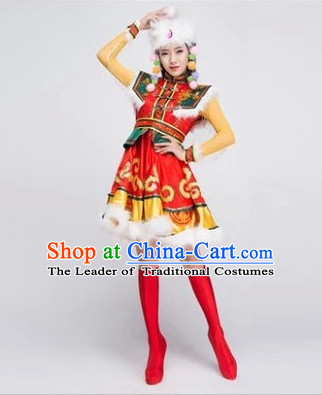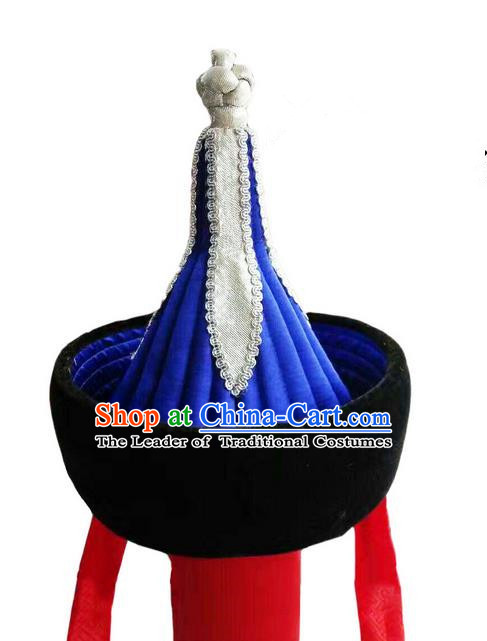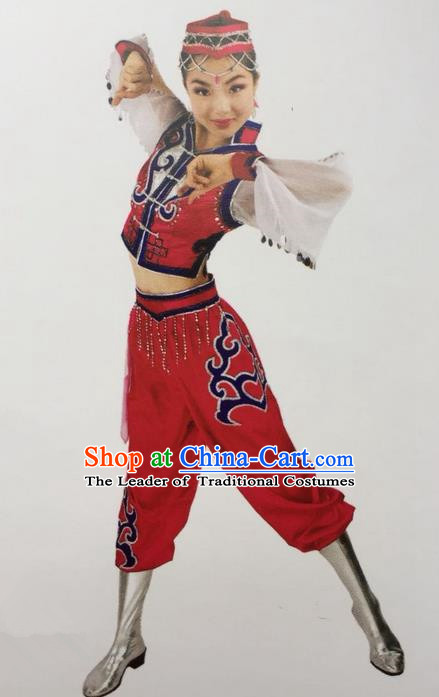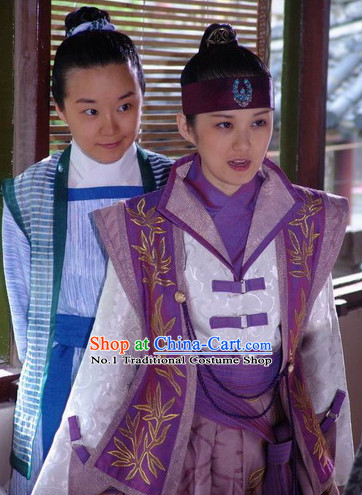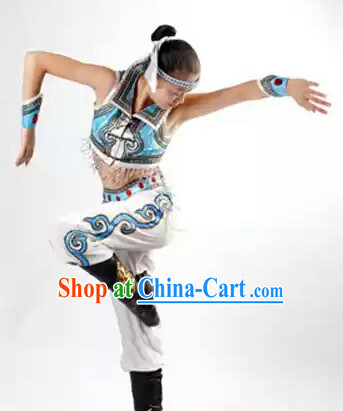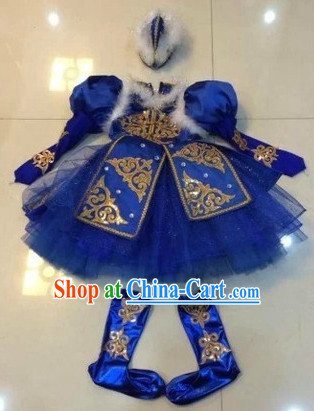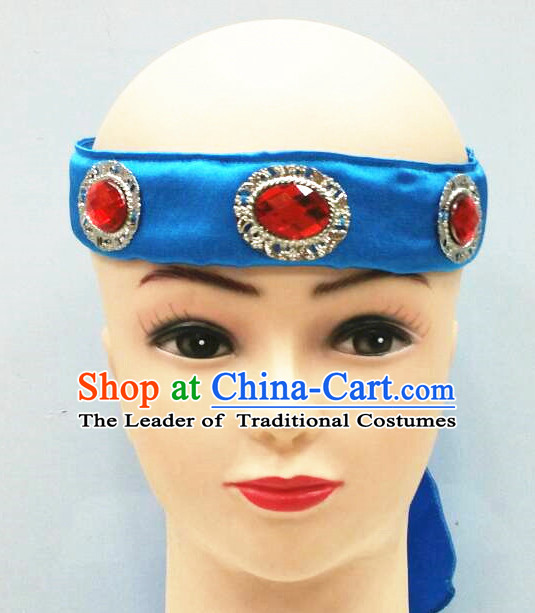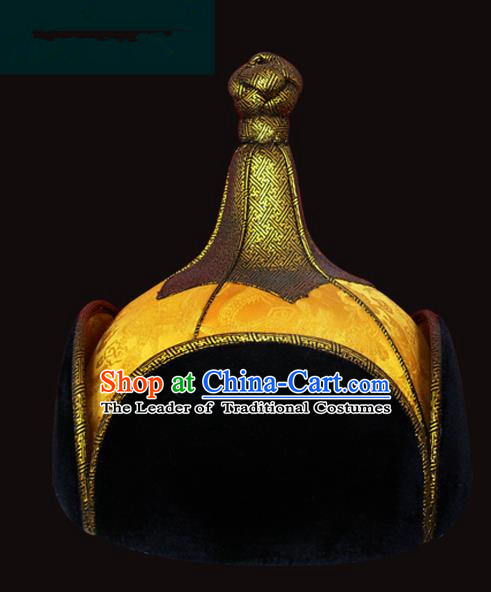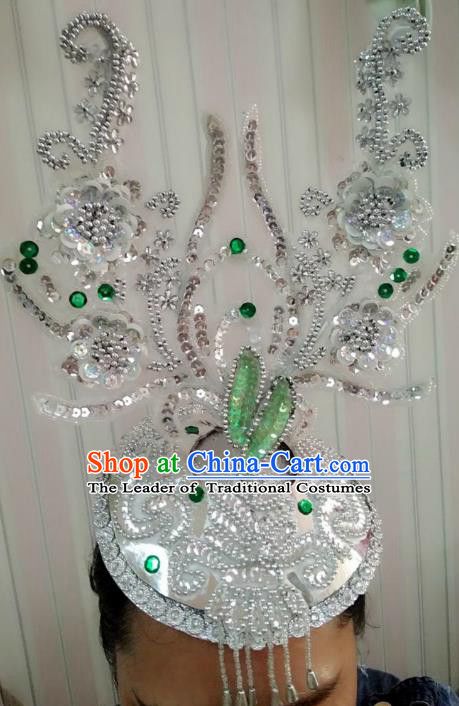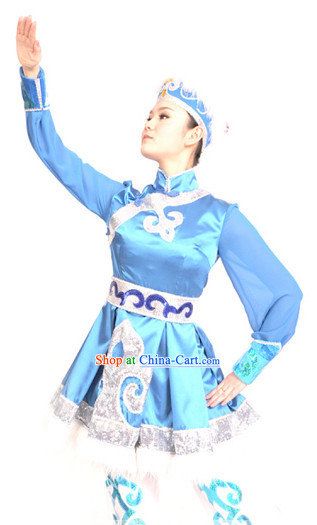
Click Related Pictures for More Audios:
Clothing and headdresses are an important part of Mongolian culture in China, with rich historical significance and spiritual connotations.
These clothing and headdresses represent the traditional aesthetics and aesthetic concepts of the Mongolian people, showcasing their way of life, beliefs, and values.
Chinese Mongolian clothing is famous for its unique design and exquisite craftsmanship.
The most famous among them is the Chinese Mongolian gown, which is a loose coat usually made of silk or cotton fabric.
The color of the gown is usually blue or green, with various patterns and designs embroidered on it.
In addition, Chinese Mongolians have a traditional headdress called a horsetail braid, which is a long braid made of hair that is usually tied to the top of the head.
This headdress is not only beautiful and elegant but also has symbolic significance, representing the bravery and perseverance of the Mongolian people.
In addition to clothing and headdresses, there are many other cultural and artistic forms in Chinese Mongolian culture, such as music, dance, painting, etc.
These art forms all reflect the life and emotions of the Mongolian people, showing their unique charm and cultural heritage.
For example, Mongolian music features the horsehead fiddle as the main instrument, with its unique timbre and playing techniques that can be mesmerizing; Mongolian dance is known for its graceful movements and passionate rhythms, expressing the emotions and spiritual world of the Mongolian people.
In conclusion, Chinese Mongolian clothing and headdresses are an important part of Mongolian culture in China.
They not only have beautiful appearances and exquisite craftsmanship but also contain rich historical significance and spiritual connotations.
By appreciating and learning these cultural and artistic forms, we can better understand and feel the cultural traditions and lifestyles of the Mongolian people, thus enhancing our respect and understanding of multiculturalism.
